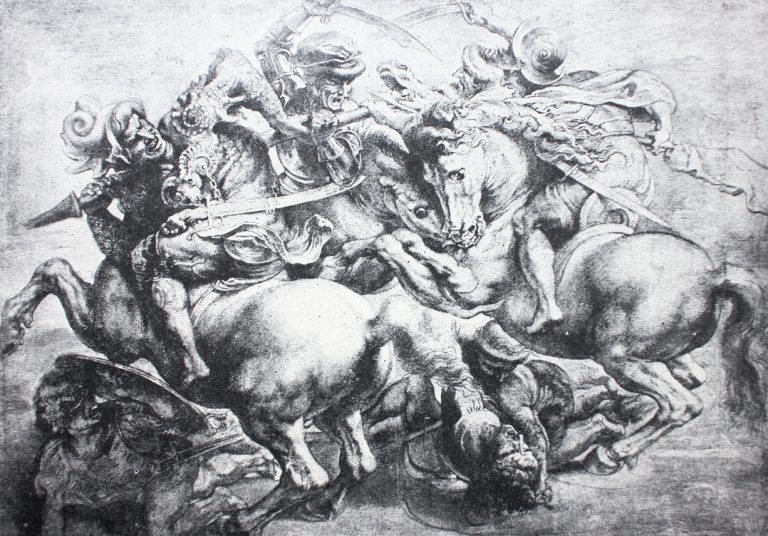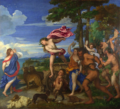Ask an art historian what first inspired them to study the subject, and many will mention Ernst Gombrich’s The Story of Art. In this bestselling introduction to Western art history, styles and ideas are passed from artist to artist like a beacon, slowly evolving across the centuries. While many of the masterworks that Gombrich describes can still be visited in galleries today, it is a tragedy of history that some of the most influential artworks of all time have been destroyed or lost, their importance reflected only in the inspiration they provided to later artists. Here we pay homage to five lost masterpieces that have changed art history.
Athena Parthenos, by Phidias
Little is known with certainty about the life of the Greek sculptor Phidias (c. 490–430 BCE), but art historians both ancient and modern have long considered his work to be the instigator of the idealised depiction of the human form that defines classical sculpture, and has inspired artists ever since.
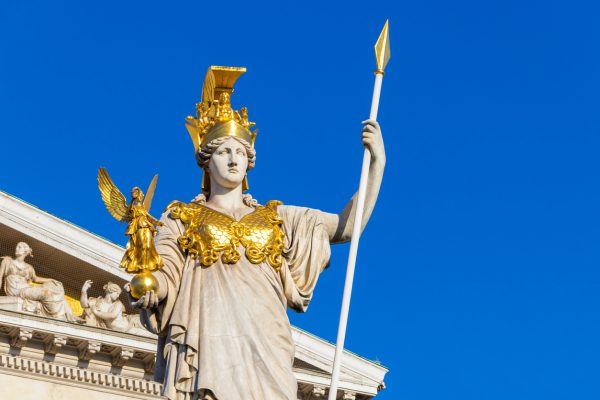
Among his most famous works were the colossal seated Zeus at Olympia, one of the seven wonders of the ancient world, and the three statues of Athena housed in the Parthenon. Dedicated in 438 BCE, the Athena Parthenos stood over 12 metres tall, and depicted the helmeted goddess of wisdom holding aloft a smaller Nike (goddess of victory) in her right hand. Although the original statue was damaged by fire in around 165 BCE, and lost by the Middle Ages, several Roman copies survive, such as the Varvakeion Athena, housed in the National Archaeological Museum of Athens. In Phidias’ monumental depiction of Athena’s beauty and strength, we might perhaps detect echoes of America’s Statue of Liberty, a testament to his lasting influence on Western sculpture.
Hubert and Jan van Eyck’s Ghent Altarpiece
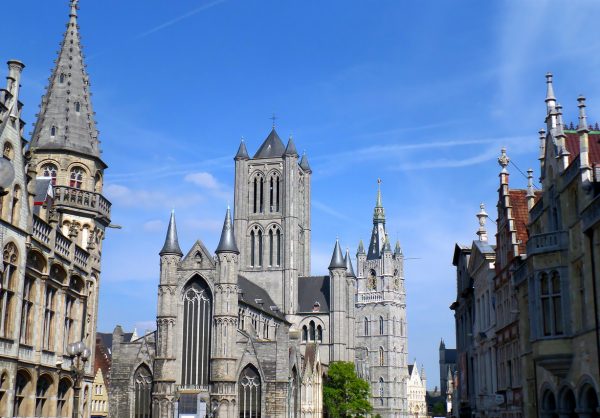
Otherwise known as the Adoration of the Mystic Lamb, the Ghent Altarpiece enjoys the reputation of being one of the most influential and beleaguered paintings in art history. Completed around 1432, it was created for the Cathedral of Saint Bravo, and was among the first oil paintings to be created on a monumental scale. For centuries it has impressed viewers through its technical virtuosity, and the richness of its iconography, but has almost faced total destruction several times. After escaping from Calvinist rioters in 1566, it was plundered by Napoleonic troops, and, having been returned to its rightful home at the end of the Napoleonic Wars, was stolen and sold by a renegade cleric. The altarpiece was returned to Ghent after the Treaty of Versailles, only to face calamity once again, when thieves broke into the cathedral in 1934, and stole its lower left panel. Despite the determined efforts of police, art historians, and even the Nazi government, who also seized the remaining painting, the missing panel has never been recovered.
Leonardo’s Battle of Anghiari
Commissioned in 1504 for the Palazzo della Signoria in Florence, Leonardo’s The Battle of Anghiari was a vast, unfinished battle scene depicting the victory of Florence over the Florentine army in 1440. It was intended to face a fresco by Michelangelo of the Battle of Cascina, the first and only time that the two great masters of the Italian Renaissance worked side by side.
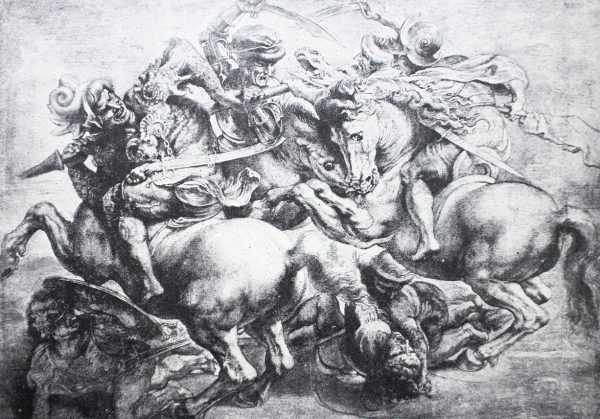
Although both artists’ designs for the commission were displayed in Florence to great acclaim, neither completed the project, with Michelangelo called back to Rome soon after drawing his cartoon for the painting on the Palazzo’s walls. Leonardo, meanwhile, abandoned his painting after encountering difficulties with his experimental application of oil paint, and it was covered over by Vasari in 1563. Nevertheless, Leonardo’s striking depiction of the horror and anger of war continued to fascinate and influence later artists such as Rubens (1577–1640), who might have discovered it through 16th-century engravings after the original.
Titian’s Assassination of Saint Peter Martyr
The works of the great Venetian painter Titian (c. 1488/90–1576) are some of the best-loved in museums and galleries worldwide, but one of his most influential paintings on later artists was destroyed in the 19th century, and is little known among art lovers today. Titian’s Assassination of Saint Peter Martyr was painted in 1528–29 for the Church of Santi Giovanni e Paulo in Venice, where it hung for over two centuries, before being seized by Napoleonic troops and transported to France in 1797. Although returned to Venice in 1816, the painting was destroyed in a fire in 1867.
It was described by Vasari as “more complete, more celebrated and more great than any other Titian produced in his whole life, the one showing the best understanding and technique”. The painting’s dynamic and innovative composition was highly influential on later artists, including Caravaggio and Annibale Carracci, but is now known only through later copies.
The Stonebreakers, by Gustave Courbet
Executed in 1849, The Stonebreakers was an early work of Gustave Courbet (1819–1877). Painted on an impressive scale, Courbet’s depiction of back-splitting manual labour introduced a new vision of working-class life when it was exhibited at the Paris Salon of 1850. Although destroyed in the Allied bombing of Dresden in 1945, it continues to be acclaimed by art historians as a key work that cemented Courbet’s influence as a leading exponent of the Realist movement.
Related reading:

